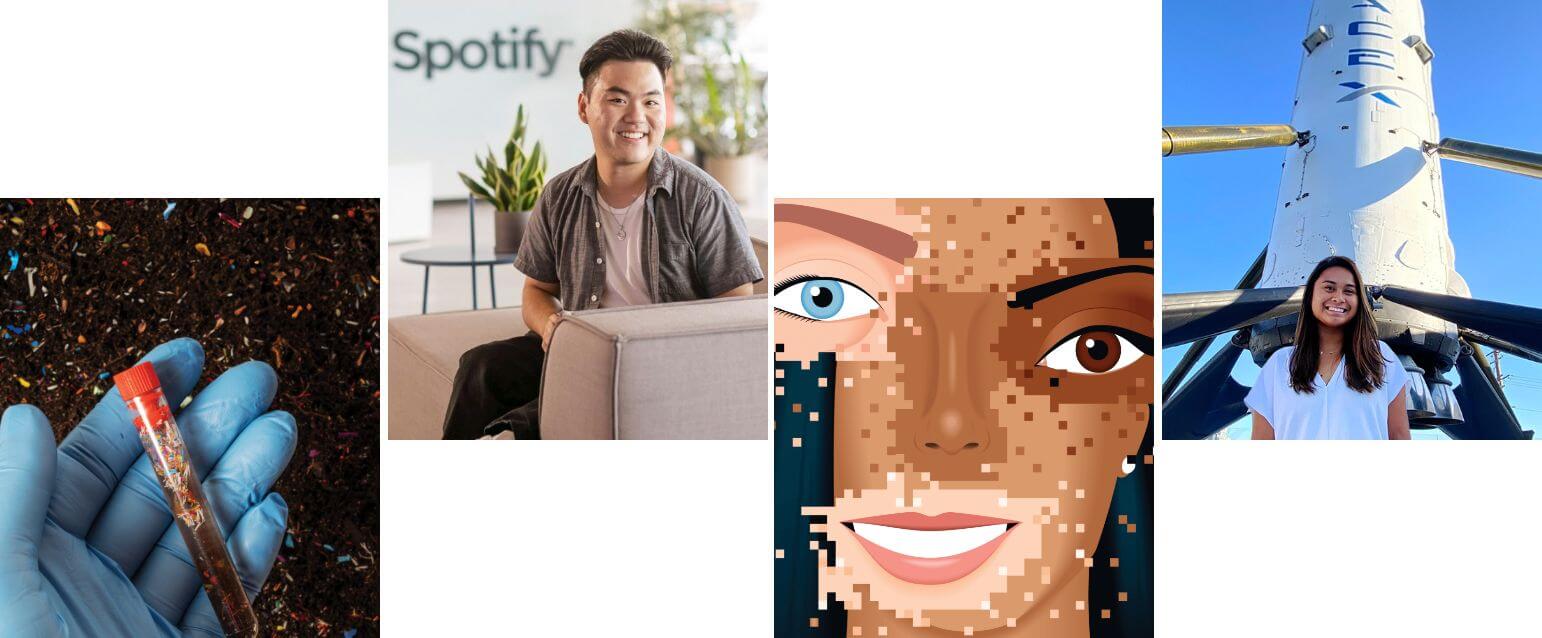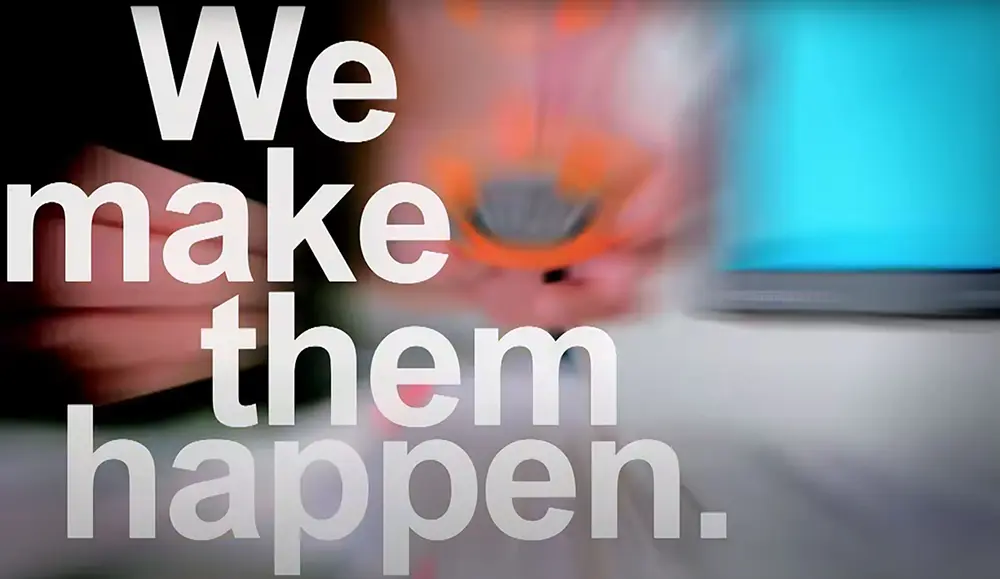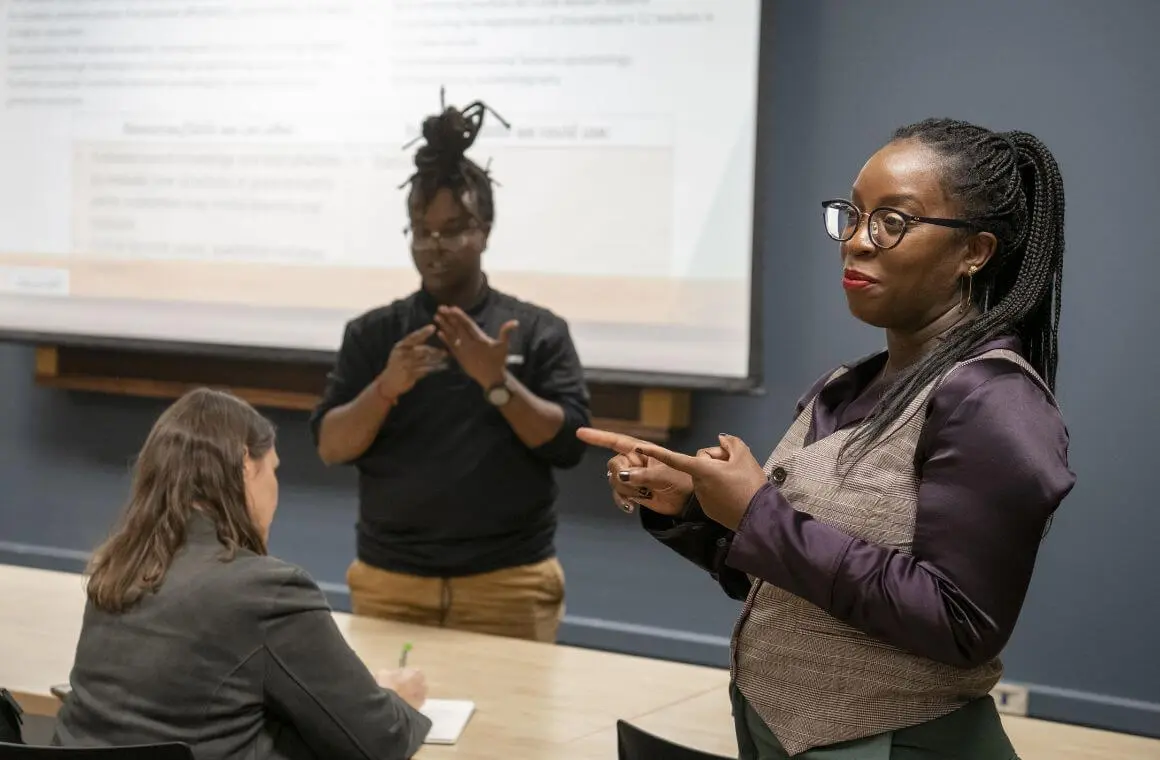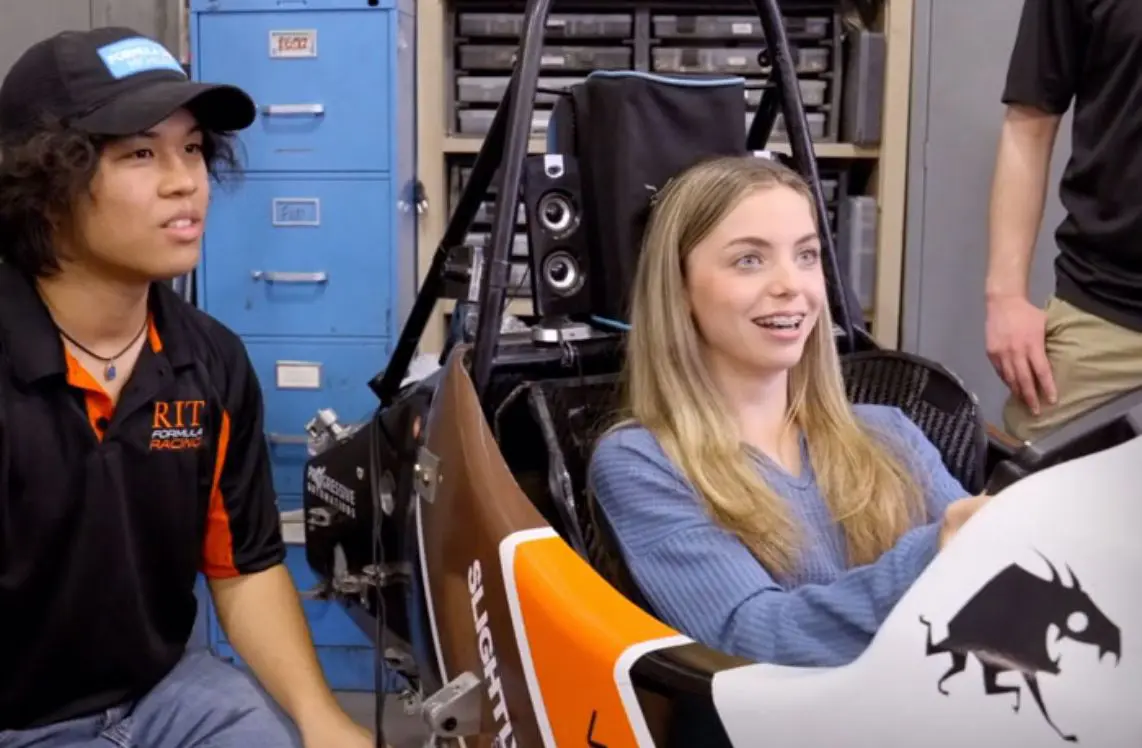About RIT
#5
Top School for Co-op or Internship Programs
Ranked among nation’s best in hands-on career preparation
Academics
RIT offers a dynamic, interdisciplinary education that empowers students to innovate and lead at the intersection of technology, the arts, and design across our 11 diverse colleges and degree-granting units. With flexible academic pathways including Combined Accelerated Bachelor’s/Master’s Degree, double majors, and specialized minors and immersions, students can tailor their education to meet their unique interests and career goals. Graduates join a global alumni network of 155,000, including CEOs, innovators, and Academy Award winners.
Areas of Study
Experiential Education
At RIT, experiential education is core to preparing students for success. From co-ops and internships to undergraduate research, clinical rotations, study abroad, and entrepreneurial opportunities, students gain valuable hands-on experience across industries and disciplines. These experiences integrate with academic programs to develop skills that set students apart in the job market and prepare graduates to tackle real-world challenges.



Research
RIT is a nationally recognized research university where discoveries have real-world impact. Our faculty and students work together across disciplines to solve pressing problems in fields like artificial intelligence, cybersecurity, sustainability, imaging science, astronomy, and more.
$103M
Sponsored research awards in 2024 fiscal year
94
Current researchers who have achieved $1 Million or more in funding since 2000
Global
RIT’s global presence fosters international collaboration, connecting students and faculty with diverse cultures, resources, and perspectives. Through worldwide partnerships, research initiatives, and global campuses, RIT actively contributes to solving complex global challenges while expanding the boundaries of knowledge and innovation.
Diversity
Everyone is Welcome, Always
By embracing individuality, we’ve created an environment where ideas thrive, perspectives broaden, and global understanding deepens. Here, every person can discover their purpose, pursue meaningful ambitions, and contribute to a culture of innovation and collaboration.
2,400
International Students
30%
Asian, Latino, African, and Native American Students
A Global Leader in Deaf Education
Through the National Technical Institute for the Deaf (NTID), RIT provides a supportive, inclusive environment that blends world-class technical education with tailored resources for students who are deaf or hard-of-hearing. With specialized support services, cutting-edge technology, and an inclusive campus culture, RIT fosters an environment where every student thrives.
1st
College of Its Kind
NTID is the first and largest technological college in the world for deaf and hard-of-hearing students.
1.1K
Deaf and Hard-of-Hearing Students
RIT/NTID serves more than 1,100 deaf and hard-of-hearing students from around the United States and the world who live, study, and work alongside hearing students on the mainstream RIT campus.
95%
Employed
RIT/NTID graduates are successful in a broad range of career fields.
Each year, RIT demonstrates its leadership in creativity and innovation by sponsoring Imagine RIT, a community event that showcases the innovative and creative spirit of RIT students, faculty, and staff.
Athletics
RIT has 24 varsity sports—22 compete at Division III; men’s and women’s hockey at Division I.

Women’s hockey won the NCAA Division III title in 2012.

Men’s hockey won a Division II National Championship in 1983 and a Division III championship in 1985.

Men’s hockey, elevated to Division I in 2005, reached the NCAA Frozen Four Championship in 2010.

In 2015, the men won the Atlantic Hockey Championship and advanced to the NCAA Tournament Elite 8.
For more information, visit our RIT Athletics website and Athletics Hall of Fame.



















